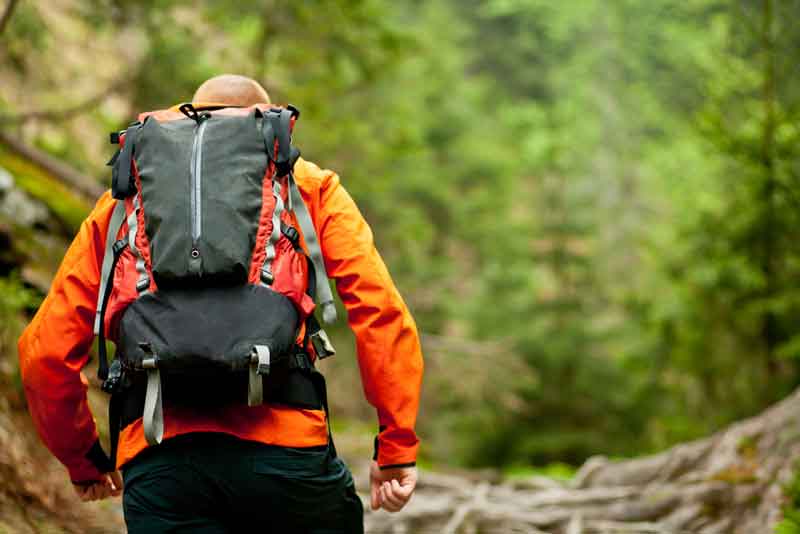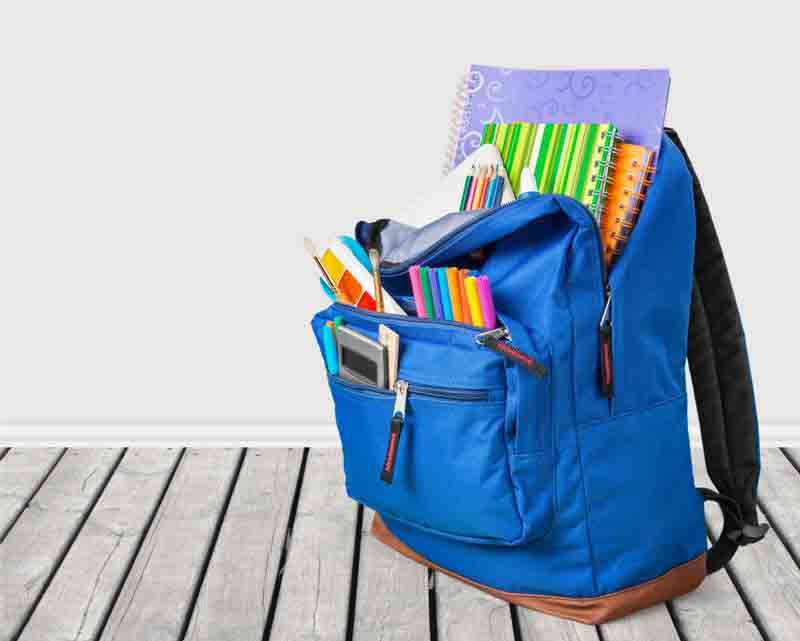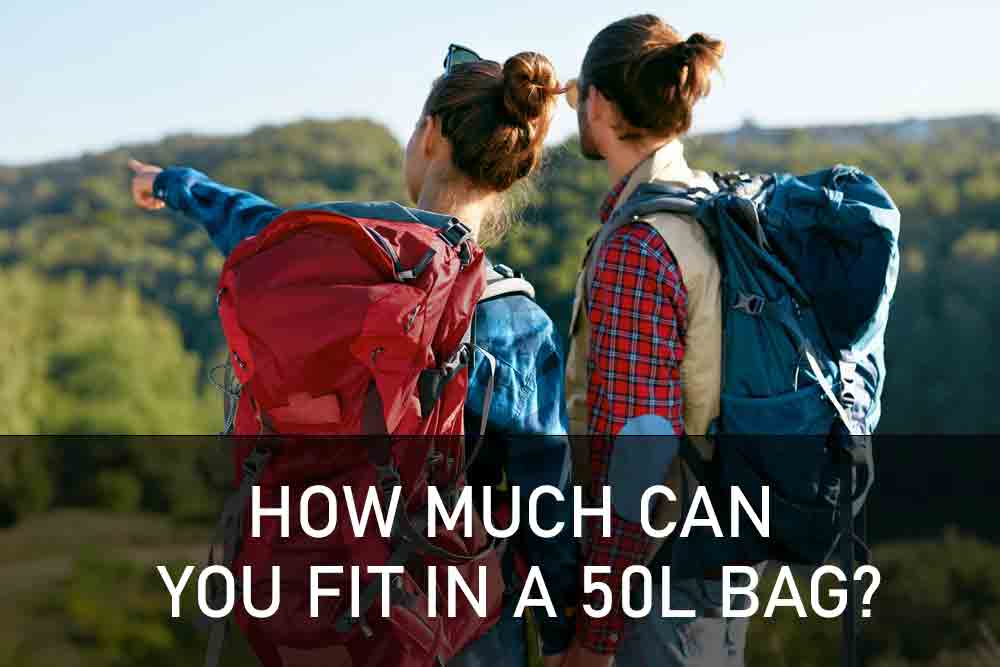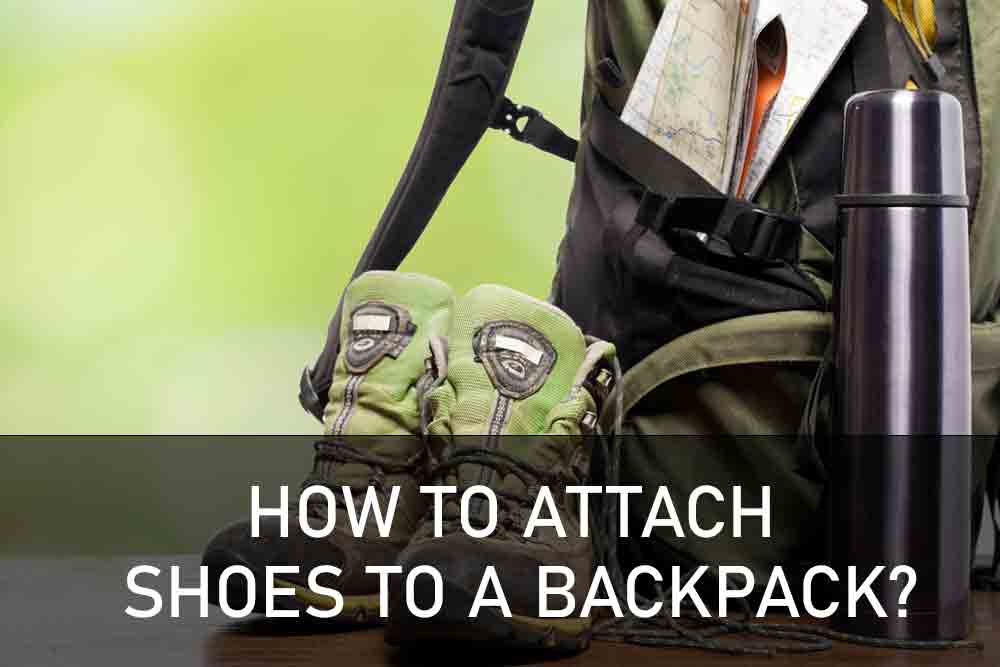When you go camping, hiking, or biking, you need to bring a backpack with all of your supplies. But what if you don’t have the right backpack size? You might not be able to fit everything that you need in it! In this article, we will discuss how to choose the right backpack size for your needs.
When choosing the right backpack size, it is important to first consider the type of activities you will be using your backpack for, your body size and shape, the number of people using the pack, and the length of Your Torso. However, if you will be using your backpack for backpacking or other outdoor activities, you will need a larger backpack that can accommodate heavier loads.
In addition to considering the type of activities you will use your backpack for, it is also important to consider your body size and shape. A backpacking pack that is too large or too small can cause discomfort and may not distribute the weight evenly. Therefore, it is important to choose a backpack that is specifically designed for your body type.
What to Consider when Choosing a Backpack
If you are going on short hikes or day trips, you can use a smaller, lightweight backpack. However, if you are going backpacking in the wilderness or camping overnight in an area with a longer hike to the campsite, you will need a larger backpack that can accommodate heavier loads.
Your Body Size and Shape
It is important to choose a backpack that is specifically designed for your body type because it needs to be comfortable. A backpacking pack that is too large or too small may cause discomfort and distribute weight unevenly.
The Length and Type of Activity
If you will be using your backpack for backpacking or other outdoor activities, you will need a larger backpack that can accommodate heavier loads. However, if you are going on short hikes or day trips, you can use a smaller, lightweight backpack.
The Number of People Using the Pack
You may need to consider the number of people using the pack. If you will be sharing a backpack with another person, it is important that you both have similar body types and weights.
Consider the Length of Your Torso
When choosing a backpack, you need to consider the length of your torso. You can measure your torso by having someone measure from the base of your neck to the top of your hip bones. This is important because backpacking packs are designed differently for men and women, as well as different body types.
Types of Backpacks
10-30 Liters
This type of backpack is typically used for traveling or daily use. It usually has one large main compartment and separate compartments to hold small items.
30-50 Liters
This type of backpack is typically used for overnight or weekend trips. It has a larger capacity and slightly more weight, but it also has additional pockets and compartments to hold extra gear.
20-40 Liters
This type of backpack is typically used for backpacking or day hikes because it can hold lighter loads. In addition, it also has additional pockets and compartments to hold small items.
70 Liters or Larger
This type of backpack is typically used for multi-day camping or backpacking trips. It can hold heavy loads, but it also has additional pockets and compartments to hold extra gear.
Hydration Packs
These backpacks have a built-in water bladder that is accessible from the exterior of the pack. They typically have a smaller capacity and are used for cycling or running because they minimize bouncing during movement.
Choosing a Backpack Frame if You Will Be Backpacking or Traveling Long Distances with Your Backpack
You may need to consider choosing a backpack with a frame. Frames provide additional support for heavy loads.
When choosing a pack without a frame, it is important to choose one that has an ergonomic design and hip belt. This will help distribute weight evenly across the body instead of putting pressure on the shoulders and hips.
How to Measure Your Backpack for The Right Size
Choosing the right backpack size may depend on how much you will be carrying, your body type, and the length of your trip. If you need to carry additional gear or supplies for an overnight camping trip, it is important to choose a backpack that can accommodate heavier loads. However, if you will only be using a backpack for day trips or traveling, it is important to consider choosing one with a smaller capacity.
How to Measure Your Torso?
To choose a backpack that is the right size for you, you will need to measure your torso. Measure your torso by having someone measure from the base of your neck to the top of your hip bones. Be sure to keep the measuring tape horizontal around your body and level with the ground.
Tips for Packing a Backpack
- Place the heaviest things near your back.
- Avoid overpacking by packing the heaviest items closest to your back. If you are unable to lift your backpack, it is probably too heavy.
- Pack bulky or infrequently used items on top
- If you will be using a frame, pack bulky or infrequently used items between the frame and your back for more support.
- Pack the smallest items in the pockets on your backpack for easy access
- If you have a small compartment near your waist, pack smaller items that you will need throughout the day here to keep them easily accessible.
- Tips for Wearing a Backpack
- Wear both shoulder straps and adjust each one as needed. This will help distribute weight evenly across your body.
- Use the chest strap to help keep the shoulder straps in place. This will reduce chafing, slippage, or pinching at your shoulders.
- Place waist belt over hips and adjust so that it is snug against your backside and centered on your natural waistline. Do not tighten too much that it restricts your breathing.
How to Wear a Backpack Correctly
To wear a backpack correctly, place each shoulder strap over each shoulder. Adjust the shoulder straps so that they fit comfortably and securely on your shoulders and chest. Some users prefer to fasten the waist belt behind them for stability.
However, it is important to consider how the waist belt will affect your breathing when worn this way. You can also fasten the waist belt in front of you to keep it out of your way when climbing stairs or hiking uphill.
Tips for Storing a Backpack
Storing an empty backpack will help prevent damage. To store an empty backpack, place it on its side so that it can maintain its shape and form. Avoid storing a fully loaded backpack upright. This will prevent the contents of your pack from shifting and may cause it to break or be damaged.
Keeping a Backpack Clean
Backpacks can easily get dirty, especially when traveling. If you want to keep your backpack looking new, use a damp cloth to wipe dust and dirt off your pack. Do not submerge your pack in water or use harsh chemicals to clean it.
Conclusion
Choosing the right backpack size is an important decision. It can affect both your safety and comfort when wearing a backpack. If you will be carrying heavy items, choose a backpack with added support and padding in the straps, hip belt, and back panel. You may also want to consider purchasing a frame to help carry some of the weight of heavier items. If you will be carrying lighter items, consider choosing a backpack with compression straps and multiple pockets to help store essential gear and supplies without weighing you down.







